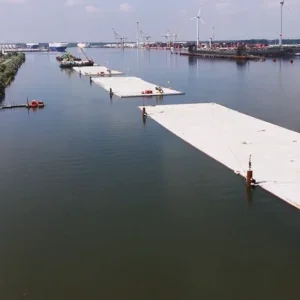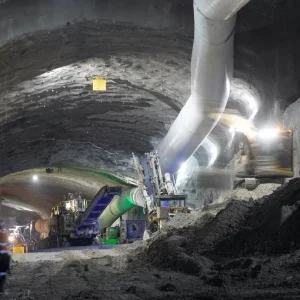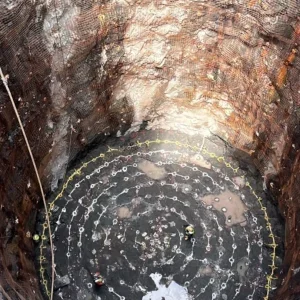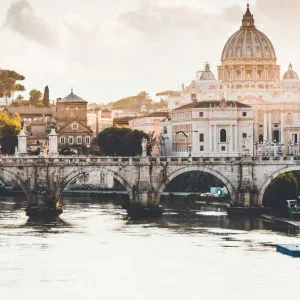On Friday 18 June, senior officials from Amtrak and the Maryland Department of Transportation committed to a plan which, over the next 10-12 years will see the construction of a replacement to the existing Baltimore and Potomac Tunnel in Maryland.
The existing 2.24km-long single-tube two-track tunnel under West Baltimore has been declared ‘structurally deficient’ and not suited to high-speed trains. Typical problems include brick degradation and water issues, such as over-saturated ground which causes sinking of floor slabs and necessitates costly repairs. The result is frequent delays to Maryland MARC commuter and freight trains passing through the Northeast Corridor. A replacement will not only meet East Coast passenger and commercial rail needs but also satisfy current safety standards.
Amtrak is currently considering twin, single-track tunnels that will arc 800m north of the existing tunnel. Jeffrey Ensor, Amtrak’s senior director, said building the tunnel would increase train speeds from 30mph (48kmh) to more than 100mph (160kmh).
Having suffered years of delays, the project has now gained new impetus under President Biden who, as a former train commuter, is well known for his admiration of rail but also of other infrastructure projects and the stimulative effect that investing in them can have on an economy. But the project still requires approval for federal and state funding: this year alone, Amtrak is seeking US$257m for the project.
It is thought the new tunnel will be named after abolitionist Frederick Douglass who fled on a train to escape slavery.







